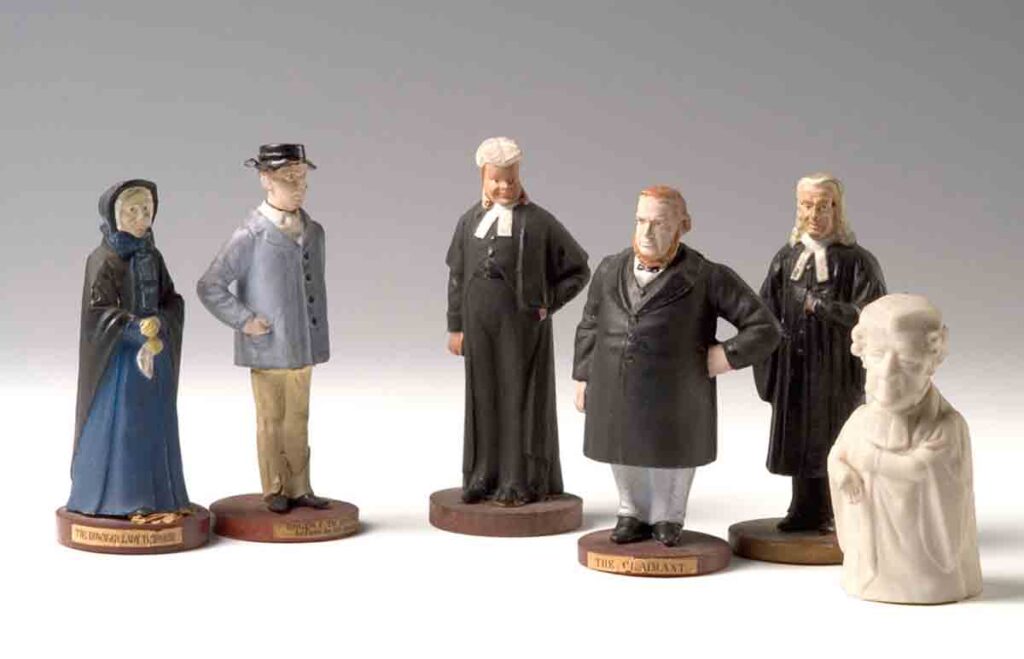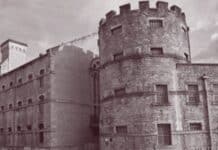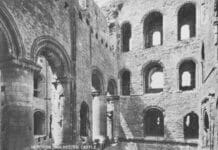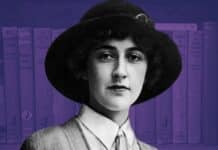PETULA MITCHELL delves into the dark history behind the naming of the Sir Roger Tichborne pub in West Sussex
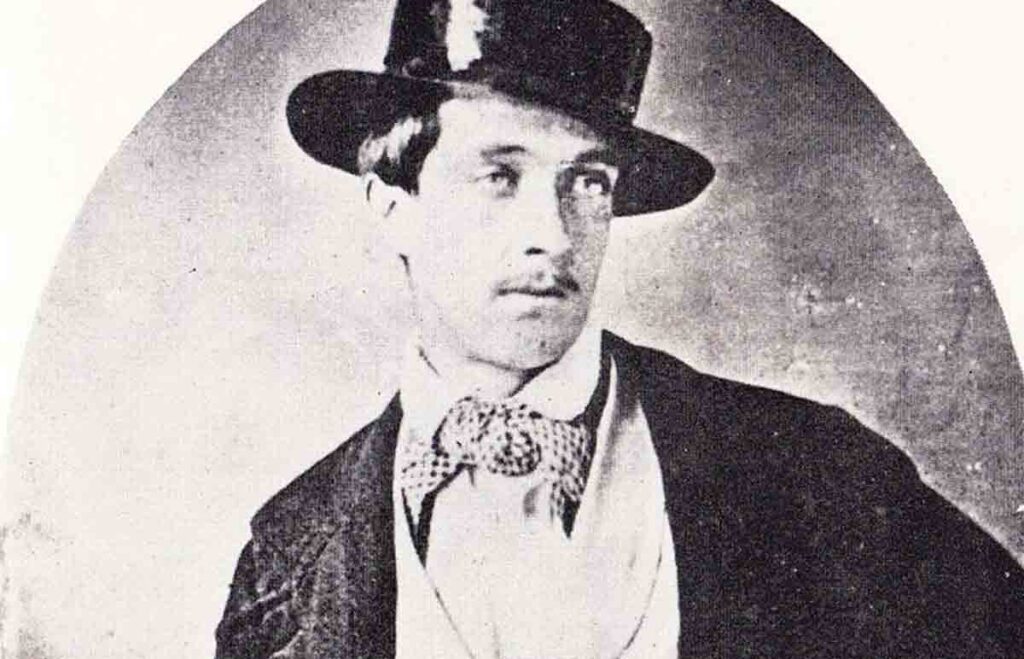
Have you ever been curious about the historical characters that have lent their names to our local pubs?
There is a lovely old pub near us in Billinghurst, West Sussex that bears the name of Sir Roger Tichborne and when looking into the source of the name the story carries you back to the middle of the 12th century and the curse of a dying woman.
Around the year 1150, Lady Mabella Tichborne lay dying. One of her final wishes was that as her legacy a portion of the produce from the estate should be given to the poor of the parish of Tichborne in Hampshire every year.
Her husband, another Roger, was not as philanthropic as his ailing wife and said to her that he would only donate food from an area of ground that she could circumnavigate while holding a lighted torch. Lady Mabella was carried out and made a Herculean effort to crawl around a 23 acre field. To this day, it is known as The Crawls.
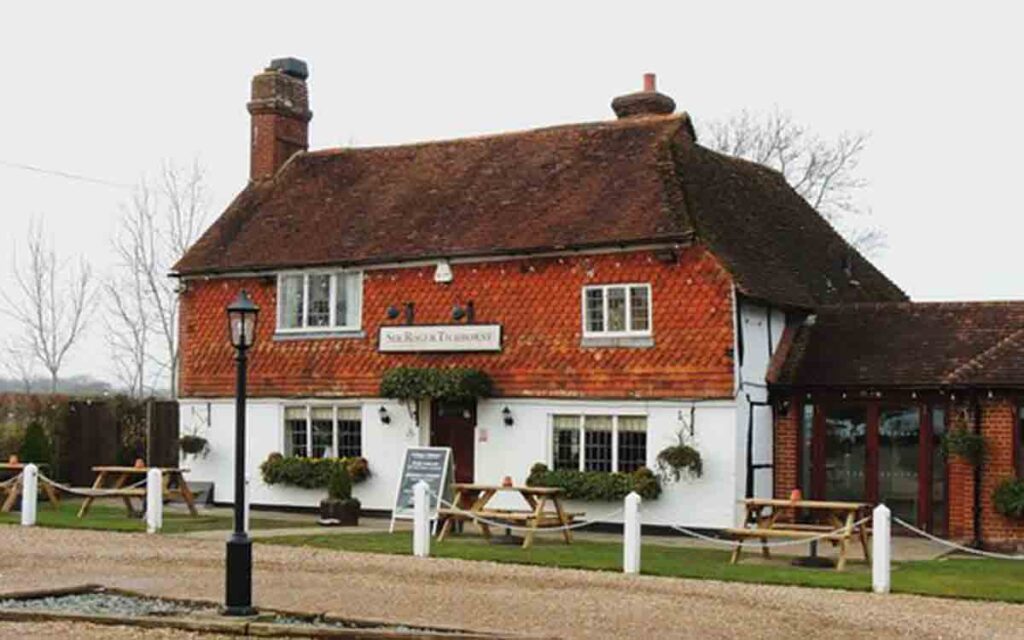
To drive her message home, she laid a curse upon the family that said if ever the practice of giving alms stopped then the family would have a generation of seven sons followed by seven daughters. This would effectively end the direct family line.
The Tichborne Dole
To this day, the parishioners of Tichborne and Cheriton are able to go to Tichborne House on 25 March each year and claim a portion of flour that has been blessed by the parish priest. This is known as the Tichborne Dole. The tradition has only been broken twice. Once this year by the pandemic regulations and in 1796 when it was decided that there were too many disturbances connected with the occasion.
As food riots were a particular feature of the late 18th century, caused by poor harvests and inflated prices, one can only imagine that the authorities of the time were concerned about protests getting out of hand.
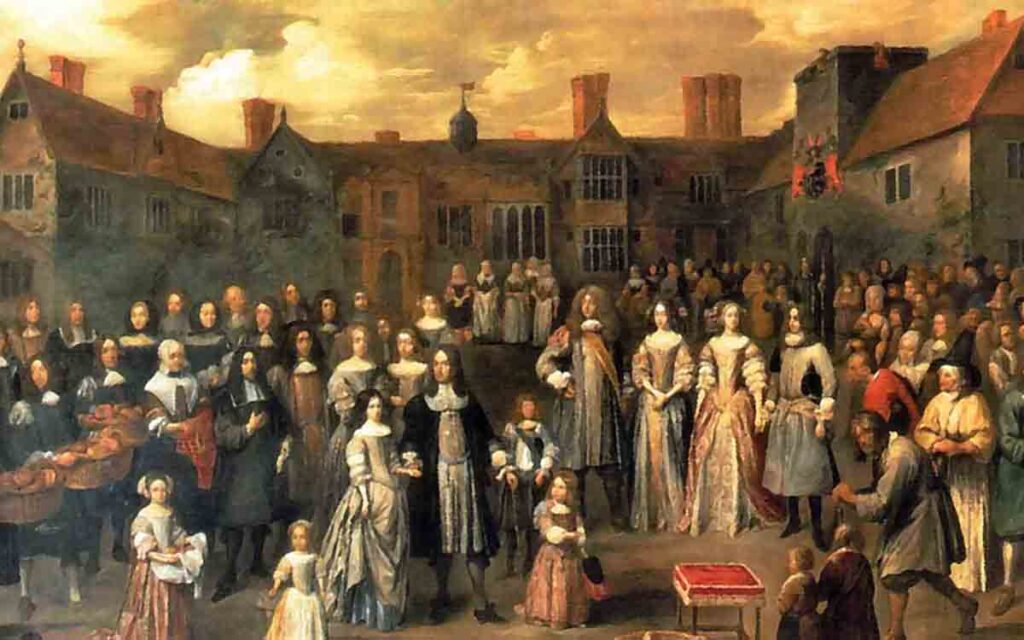
Curse of Lady Mabella
Now we return to the curse of Lady Mabella, and the family tree of the Tichbornes.
At the time the Dole was stopped, the 8th Baronet Henry was indeed the oldest of seven sons, and he produced seven daughters. The title passed down to Henry’s younger brothers all of whom either had daughters as offspring or sons who tragically died young, or indeed died without issue themselves.
The families fortunes in general were not great in the early 19th century. Part of the house fell down and a smaller property built in 1821. The family problems seemed to be unending.
To try to restore some of the family fortunes the Dole was reintroduced in 1836. The 10th Baronet , James, did produce two sons: Roger in 1829 before the Dole was restored, and Alfred in 1839.
Roger’s life was filled with controversy and he is the subject of the next part of the family saga. He fell in love with his own cousin and as this was not deemed to be a suitable arrangement the family sent Roger away to sea. He was lost in a shipwreck in 1854. This left Alfred as the heir to whatever was left of the family fortunes.
Enter Thomas Castro from Wagga Wagga
However, in 1866 a man known as Thomas Castro, a butcher from Wagga Wagga in Australia answered an advert placed by the distraught mother of Roger looking for her lost son.
Roger had been a sensitive, slightly built man so when the claimant arrived in England the only member of the family to be convinced by him was Lady Tichborne.
Castro was 24 stone, rough in his manners and crucially missing a tattoo that the ‘real’ Roger had on one arm.
Until her death, Lady Tichborne was convinced that she had found her missing son.
After her death the whole matter was taken to court and became a cause celebre and one of the longest running cases in British legal history. The family did not believe for a moment that this burly man with rough manners was their long lost relative. Castro did, however, have his supporters and staked his claim.
The court case itself was one of the major stories of the day with the court proceedings being reported in the daily papers and society divided pretty much along class lines about whether the claimant was genuine or not. The working classes tended to support Castro’s claim while the establishment set out to discredit him.
Was he really Arthur Orton, a butcher?
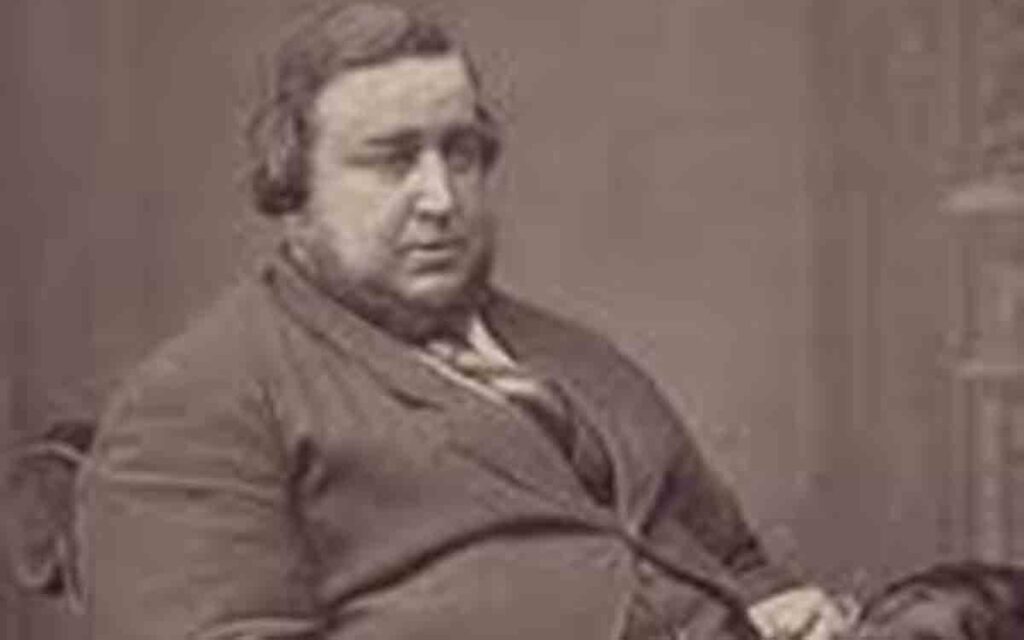
It came out during the case that he may indeed have been Arthur Orton, son of a butcher from Wapping who had gone to sea as a boy and was last heard of in Australia.
The case lasted 188 days finding in favour of the family. In 1874 Castro/Orton/Sir Roger, because it still has an element of mystery over his identity, was charged with perjury and sentenced to 14 years in prison.
On his release, he claimed he was actually Arthur Orton, and then recanted the confession almost immediately. He died in poverty in 1898.
As a final twist the Tichborne family allowed him to be buried with a card bearing the name Sir Roger Charles Doughty Tichborne in his pocket and he is in the parish register with the name Tichborne. He is buried in Paddington cemetery. It has been claimed he haunts the ancestral home of Tichborne House.
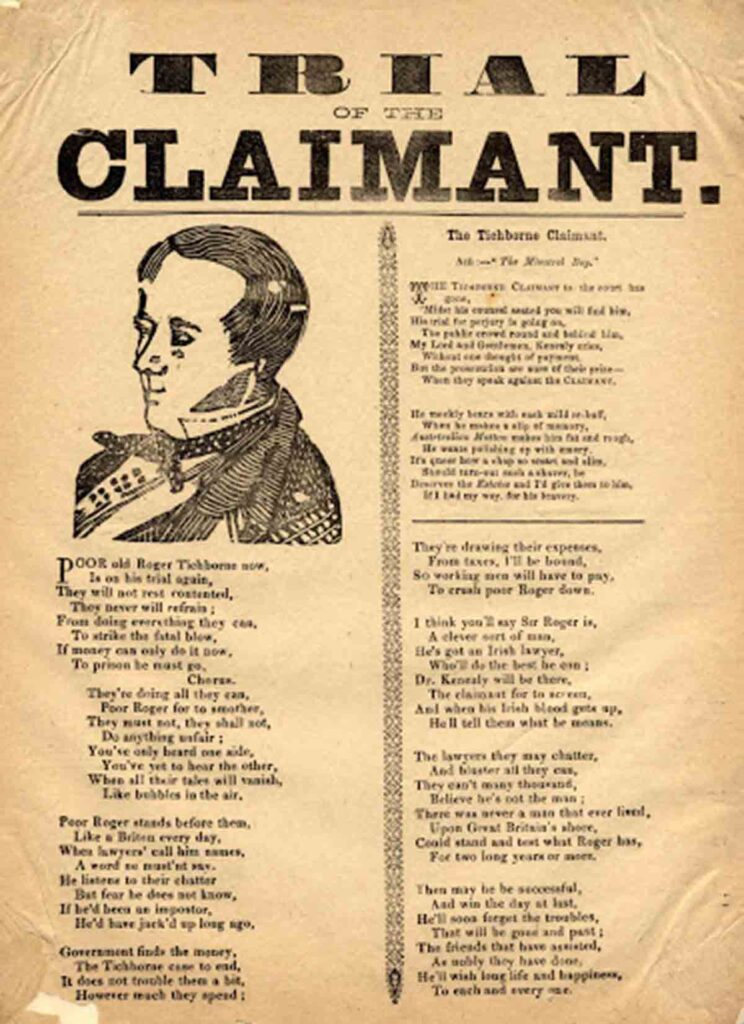
Legacy of the Tichbornes
During the original claimant trial the story gave rise to all kinds of souvenirs and knick knacks that people bought, depicting the claimant, the family and even the barristers involved who became household names.
The local pub that bears his name near us has many prints, pictures and references to the case.
Brighton Museum has a collection of some of the pottery figurines produced at the time. The story has given rise to books, films and articles researching the case and even inspired an episode of the Simpsons called ‘The Principle and The Pauper‘.
The house itself is still in private hands and is a grade II listed building. The baronetcy and title are now extinct, the last holder of the title, Sir Anthony, passed away in 1968 leaving no male heirs.
